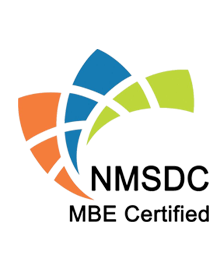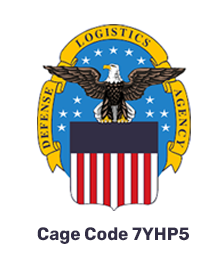
In today's rapidly evolving consumer landscape, sustainability has become a key consideration for businesses across various industries. One critical aspect gaining prominence is packaging sustainability. As environmental awareness grows, consumers are increasingly mindful of the environmental impact of product packaging. This shift in consumer behavior has spurred businesses to reassess and revolutionize their packaging practices.
The Problem at Hand
Traditional packaging, often composed of non-biodegradable materials like plastic and excessive layers, contributes significantly to pollution and waste. The detrimental effects on ecosystems and the longevity of these materials in landfills underscore the urgent need for change. Packaging sustainability addresses these issues by promoting environmentally friendly alternatives and innovative practices.
Materials Matter
A pivotal aspect of sustainable packaging is the choice of materials. Businesses are now exploring biodegradable and compostable options, such as plant-based plastics, recycled paper, and cardboard. These materials not only reduce the carbon footprint but also encourage the circular economy by minimizing waste.
Reducing, Reusing, and Recycling
The classic trio of "Reduce, Reuse, Recycle" is a mantra gaining momentum in the realm of packaging sustainability. Companies are adopting minimalist designs to reduce material usage, encouraging consumers to reuse packaging, and prioritizing materials that are easily recyclable. These efforts collectively contribute to a more sustainable and responsible approach to packaging.
Innovations in Design
Packaging design is undergoing a transformation with a focus on functionality and eco-friendliness. Innovations such as edible packaging, water-soluble packaging, and even packaging-free alternatives are emerging as creative solutions to combat the environmental impact of traditional packaging.
Consumer Education and Engagement
Educating consumers about the importance of sustainable packaging and providing them with eco-friendly choices is integral to the success of the sustainability movement. Companies are increasingly investing in campaigns that raise awareness and empower consumers to make environmentally conscious decisions.
Government Regulations and Industry Standards
Governments worldwide are recognizing the urgency of addressing packaging sustainability through regulations and standards. This has prompted industries to adopt more sustainable practices, ensuring compliance with environmental guidelines and fostering a culture of responsibility.
The Economic Perspective
Contrary to the misconception that sustainable packaging is economically burdensome, many businesses are finding that adopting eco-friendly practices can be financially viable. Efficiency gains, reduced waste disposal costs, and positive consumer responses contribute to the overall economic benefits of sustainable packaging.
The Road Ahead
While strides have been made, the journey toward comprehensive packaging sustainability is ongoing. Collaboration between industries, governments, and consumers is essential to drive change. The continued development of innovative materials, improved recycling infrastructure, and a global commitment to sustainability will shape the future of packaging. In conclusion, packaging sustainability is not just a buzzword; it's a fundamental shift in how businesses approach their environmental responsibilities. As consumers become increasingly conscious of their choices, the demand for sustainable packaging will only intensify. Embracing these changes is not just a necessity for businesses but a collective responsibility for a greener and more sustainable future.



